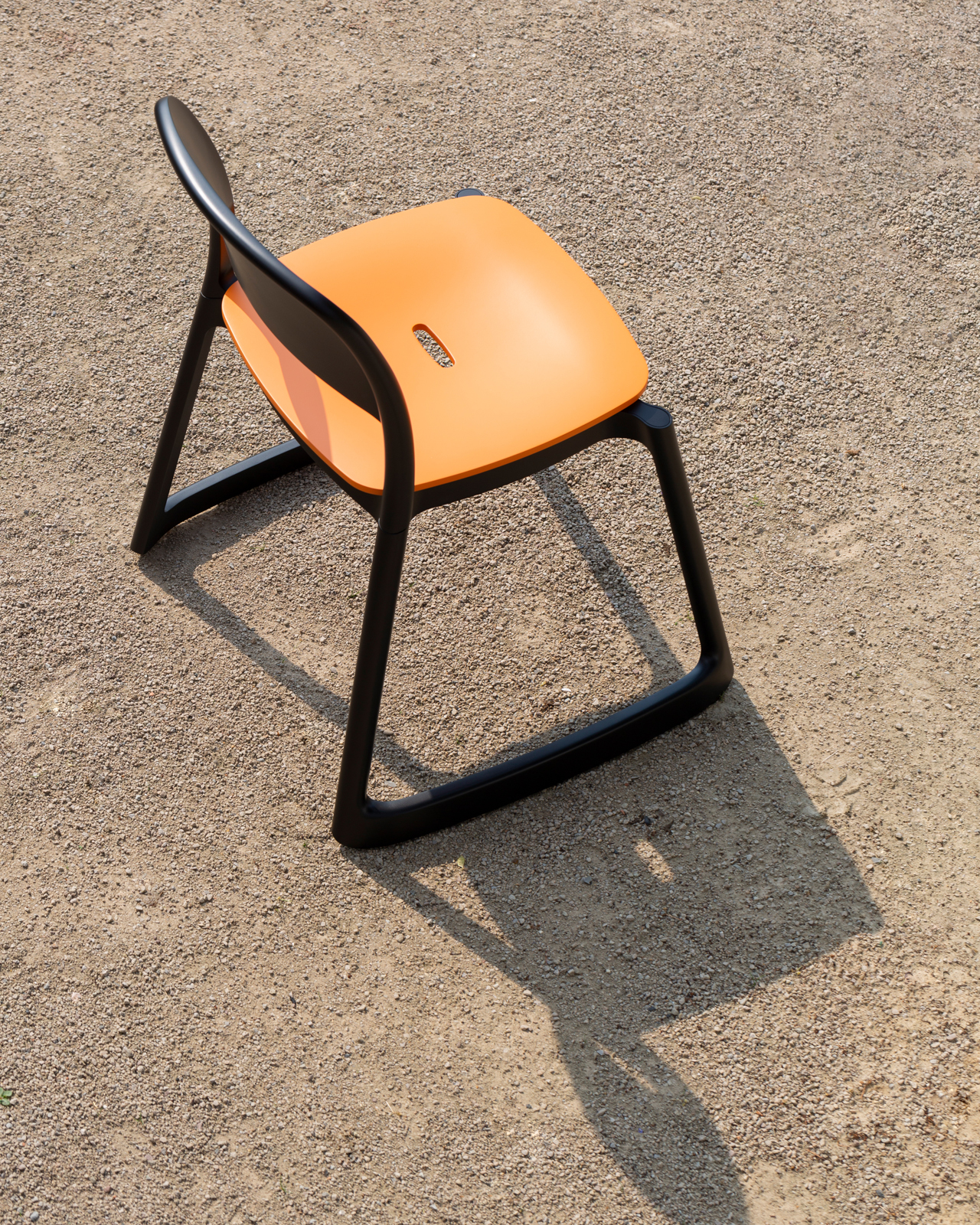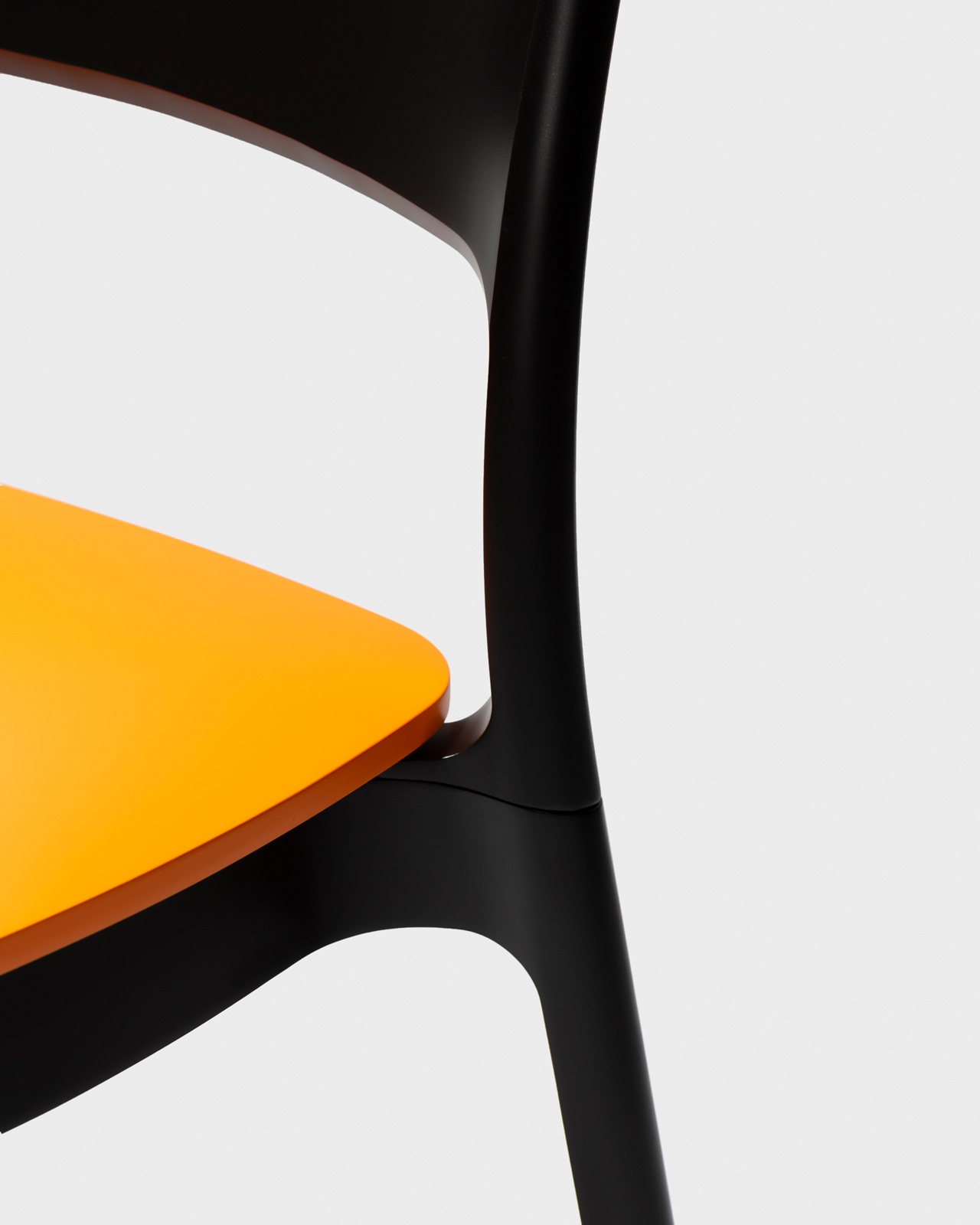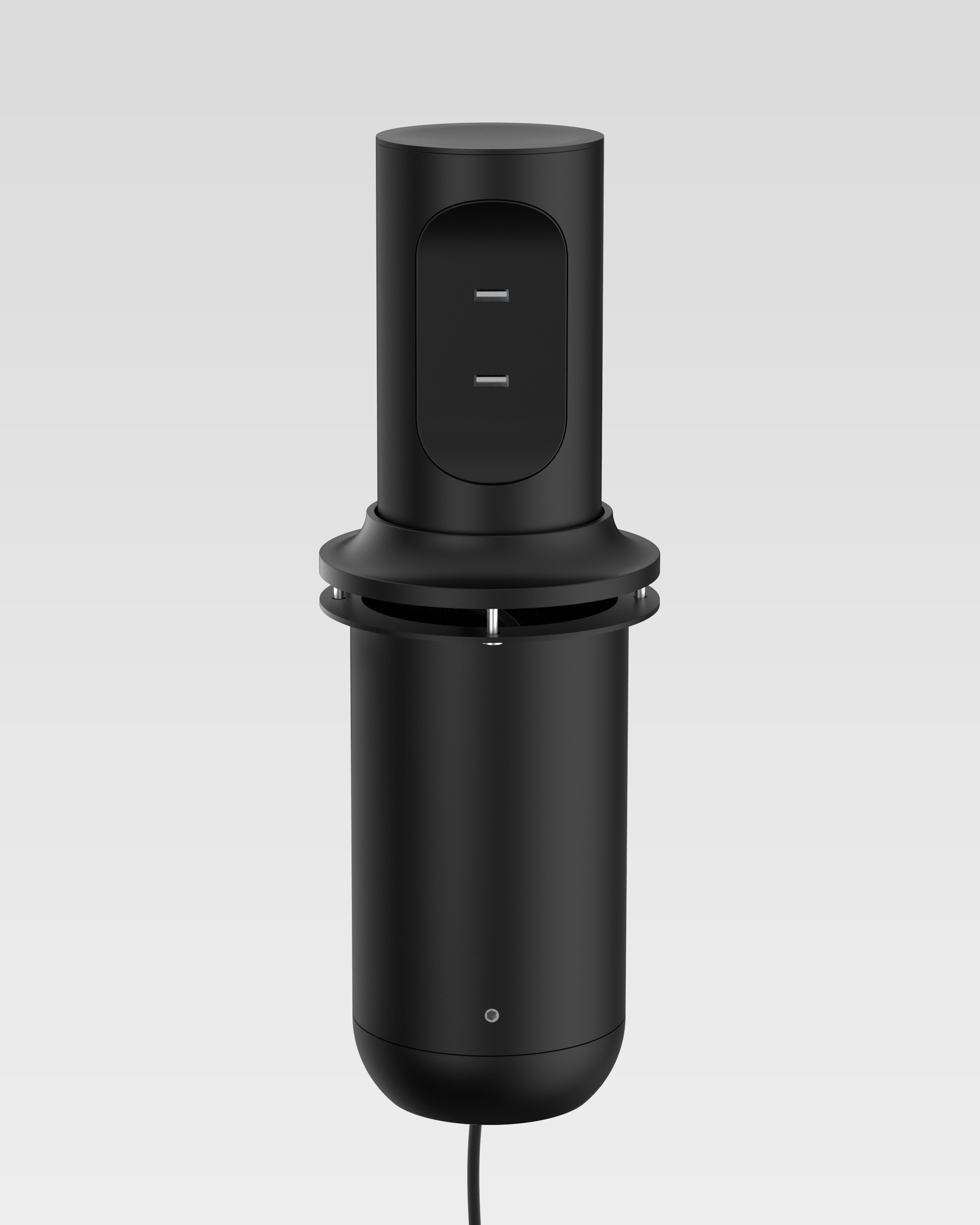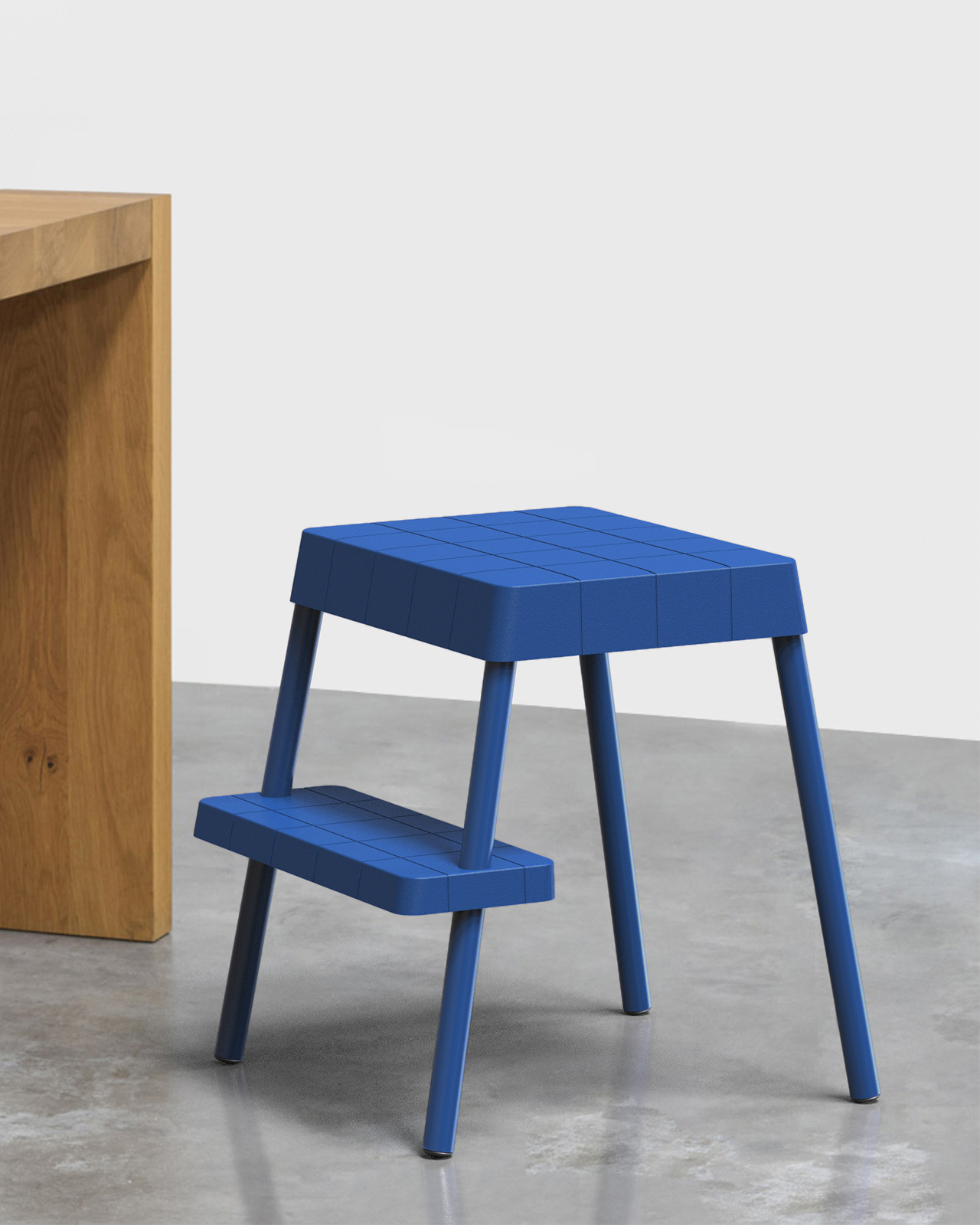-
The E-Cal is a calendar that utilizes an e-paper display in combination with a lightweight algorithm to produce unique date displays for every day, every year. Combining the look and feel of real paper, e-paper is a technology which strength is its very economic energy consumption and the possibility to create high contrast images digitally. Instead of having a predetermined layout the E-Cal uses an algorithm to create a new layout every day. Taking on the shape of a classic tear-off style calendar, the E-Cal is designed to be either hanged on the wall or turned upside down. The placement of the AA battery in its housing puts the center of gravity so low that it can stand upright without additional support while being slightly tilted.






The E-Cal is a calendar that utilizes an e-paper display in combination with a lightweight algorithm to produce unique date displays for every day, every year. Combining the look and feel of real paper, e-paper is a technology which strength is its very economic energy consumption and the possibility to create high contrast images digitally. Instead of having a predetermined layout the E-Cal uses an algorithm to create a new layout every day. Taking on the shape of a classic tear-off style calendar, the E-Cal is designed to be either hanged on the wall or turned upside down. The placement of the AA battery in its housing puts the center of gravity so low that it can stand upright without additional support while being slightly tilted.
-
Whilst Outdoor furniture is largely perceived for leisure activities only, technological and lifestyle trends point to a wider range of uses. Working and learning activities are becoming more mobile and decentralized. As a result, these activities have spread to outdoor spaces especially in the public and semi-public realm. The Outdoor Living system is designed to respond to this more mobile and informal lifestyle. The skid-based structure can be combined with a seat, backrest and tray to create a variety of stools and chairs for different contexts. The pieces of the Outdoor Living system enable educational institutions and corporate spaces to transform their outdoor areas into flexible and transparent working environments. While the skid base is easy on green areas and prevents sinking in, the tray is providing a mobile work environment for group collaboration or a retreat to quieter areas. The stools and chairs from the Outdoor Living system are stackable to up to four pieces and are made from polypropylene for an easier recycling process.






Whilst Outdoor furniture is largely perceived for leisure activities only, technological and lifestyle trends point to a wider range of uses. Working and learning activities are becoming more mobile and decentralized. As a result, these activities have spread to outdoor spaces especially in the public and semi-public realm. The Outdoor Living system is designed to respond to this more mobile and informal lifestyle. The skid-based structure can be combined with a seat, backrest and tray to create a variety of stools and chairs for different contexts. The pieces of the Outdoor Living system enable educational institutions and corporate spaces to transform their outdoor areas into flexible and transparent working environments. While the skid base is easy on green areas and prevents sinking in, the tray is providing a mobile work environment for group collaboration or a retreat to quieter areas. The stools and chairs from the Outdoor Living system are stackable to up to four pieces and are made from polypropylene for an easier recycling process.
-
Charger Hub is a charging station for public and semi-public spaces to provide a fast and easy access to electricity. In our daily life these spaces are becoming increasingly important. Transit, hospitality or educational institutions no longer are sheer service providers, they have become living spaces in which we spend more and more of our time. Due to an extensive use of mobile devices those spaces demand for an approachable electronic infrastructure. Instead of using a complex cable management-system, Charger Hub is focused on essential functions and a distinct communication of these. Charger Hub can be configured with different ports. These are defined to a maximum of four ports per Hub to guarantee enough personal room for the individual user. The bottom of the Charger Hub is enclosed against any environmental influences. This way Charger Hub can be integrated into existing environments instead of relying on built-in solutions. The top cover features a slightly concave surface as an indicator for the lowering mechanism that works like a retractable pen.




Charger Hub is a charging station for public and semi-public spaces to provide a fast and easy access to electricity. In our daily life these spaces are becoming increasingly important. Transit, hospitality or educational institutions no longer are sheer service providers, they have become living spaces in which we spend more and more of our time. Due to an extensive use of mobile devices those spaces demand for an approachable electronic infrastructure. Instead of using a complex cable management-system, Charger Hub is focused on essential functions and a distinct communication of these. Charger Hub can be configured with different ports. These are defined to a maximum of four ports per Hub to guarantee enough personal room for the individual user. The bottom of the Charger Hub is enclosed against any environmental influences. This way Charger Hub can be integrated into existing environments instead of relying on built-in solutions. The top cover features a slightly concave surface as an indicator for the lowering mechanism that works like a retractable pen.
-
Design des Monats was a transdisciplinary project exhibited during the documenta 14. Video works, objects and comics allowed visitors to immerse into the filter bubble of the design scene while featuring a humorous and satirical tone. Even the title ‘Design des Monats’, which translates to ‘design of the month’, seems like a joke while emphasizing the transitory nature of trends as well as their cheap aftertaste when out of fashion. The exhibition explored themes like the celebration of short-lived trends and the eroding of meaning through excessive use of catchwords. Design des Monats was initiated by Max Eschenbach and Maximilian Müller. It featured works by Robin Vehrs, Nina Eberhard and Malene Saalmann.




Design des Monats was a transdisciplinary project exhibited during the documenta 14. Video works, objects and comics allowed visitors to immerse into the filter bubble of the design scene while featuring a humorous and satirical tone. Even the title ‘Design des Monats’, which translates to ‘design of the month’, seems like a joke while emphasizing the transitory nature of trends as well as their cheap aftertaste when out of fashion. The exhibition explored themes like the celebration of short-lived trends and the eroding of meaning through excessive use of catchwords. Design des Monats was initiated by Max Eschenbach and Maximilian Müller. It featured works by Robin Vehrs, Nina Eberhard and Malene Saalmann.
-
Mezzo is an exercise in simplicity. Inspired by the honesty of early plastic products Mezzo refrains from any unnecessary details leading to a minimalist yet friendly and approachable appearance. The name is derived from the Italian term "mezzo" which translates to half. Describing Mezzo as being half seat and step ladder as well as the fact that the step is placed at half the height of the seat. Consisting of two injection molded polypropylene parts and four steel tubes, it is light enough to be moved around easily yet sturdy enough to give a secure and stable feel. Mezzo is convenient to reach top shelves as well as to provide an occasional seat at the dinner table. The piece is shipped flat packed and assembled without any tools. The steel tubes are simply pushed into the plastic seat and step where they interlock into molded undercuts that secure the parts permanently.



Mezzo is an exercise in simplicity. Inspired by the honesty of early plastic products Mezzo refrains from any unnecessary details leading to a minimalist yet friendly and approachable appearance. The name is derived from the Italian term "mezzo" which translates to half. Describing Mezzo as being half seat and step ladder as well as the fact that the step is placed at half the height of the seat. Consisting of two injection molded polypropylene parts and four steel tubes, it is light enough to be moved around easily yet sturdy enough to give a secure and stable feel. Mezzo is convenient to reach top shelves as well as to provide an occasional seat at the dinner table. The piece is shipped flat packed and assembled without any tools. The steel tubes are simply pushed into the plastic seat and step where they interlock into molded undercuts that secure the parts permanently.